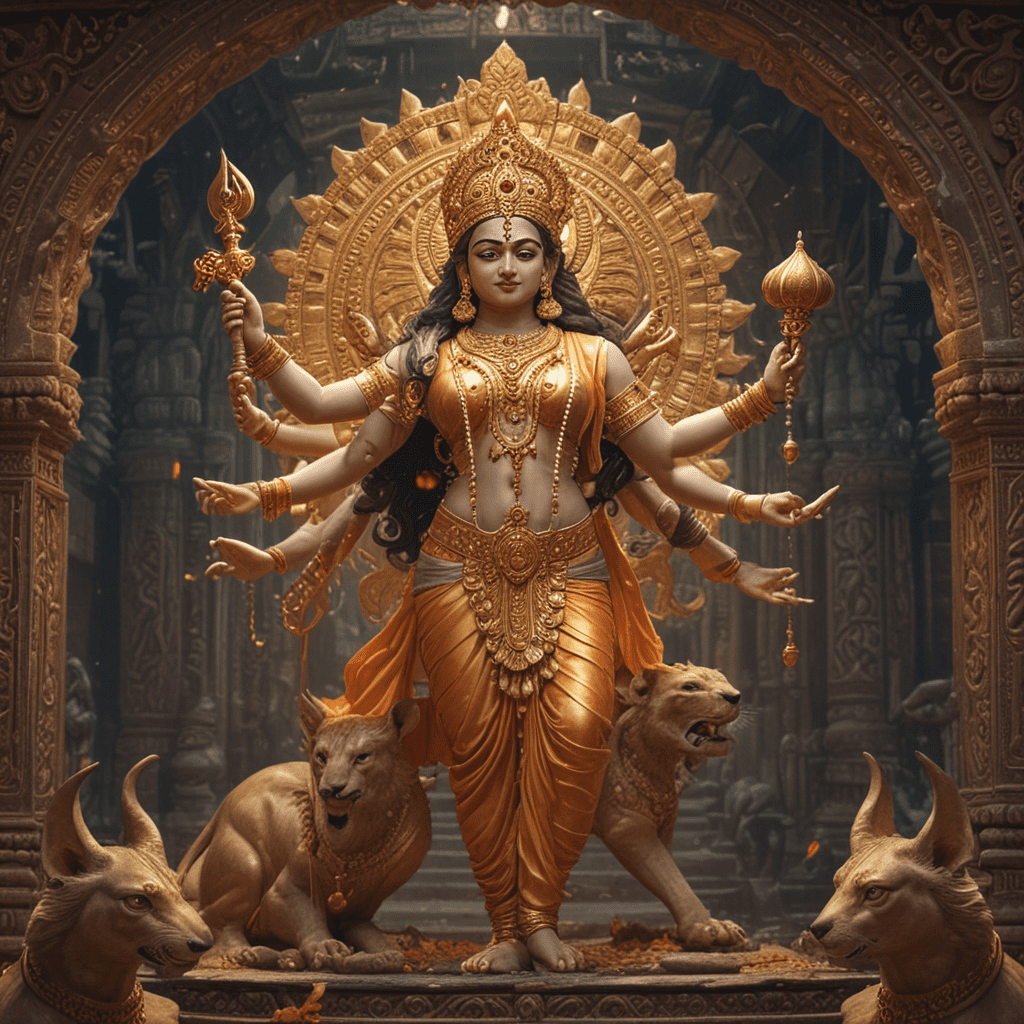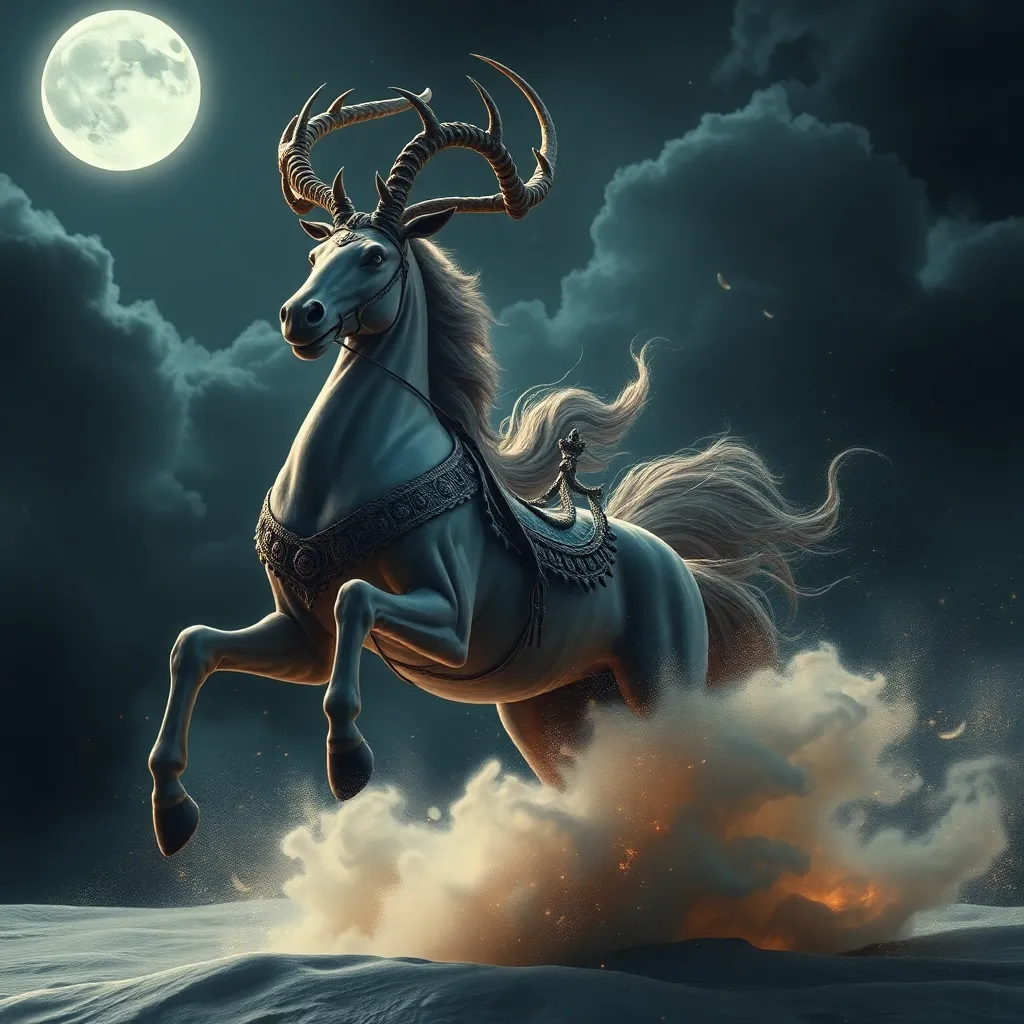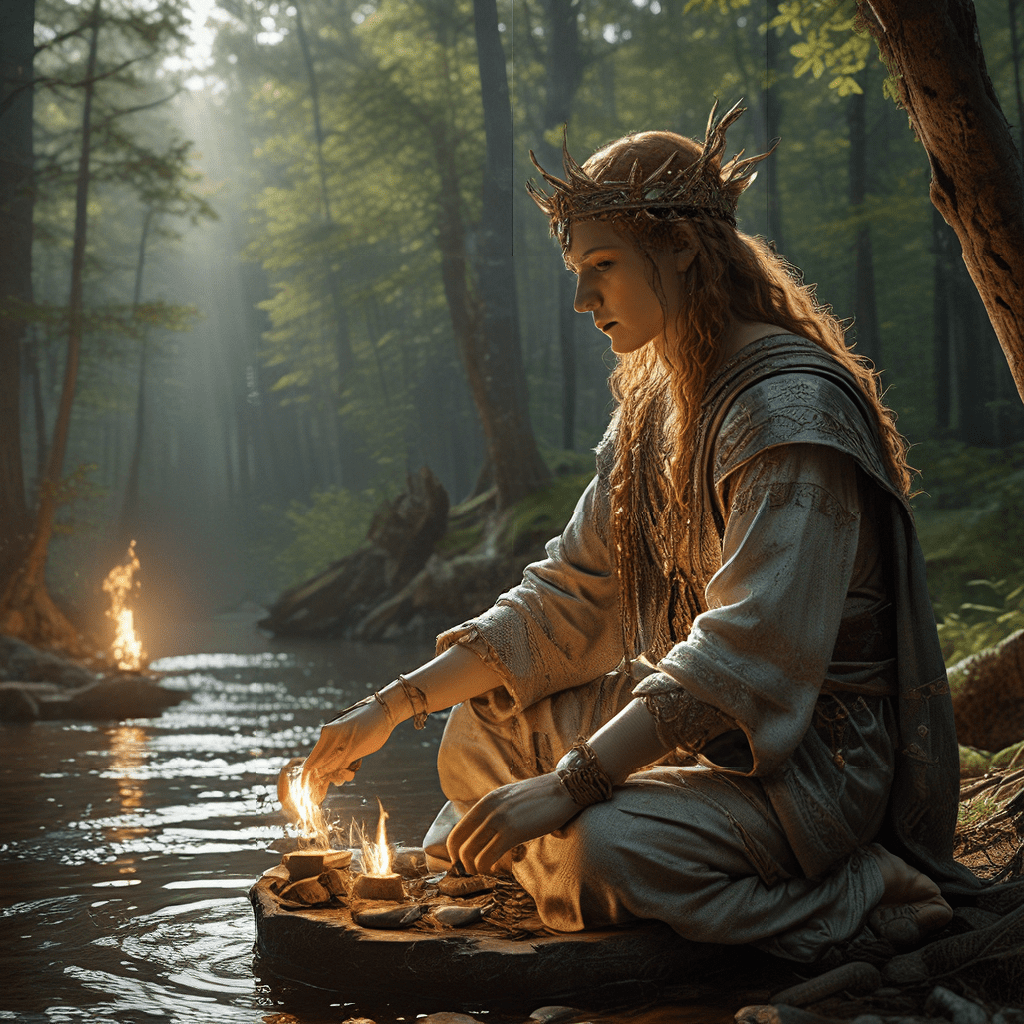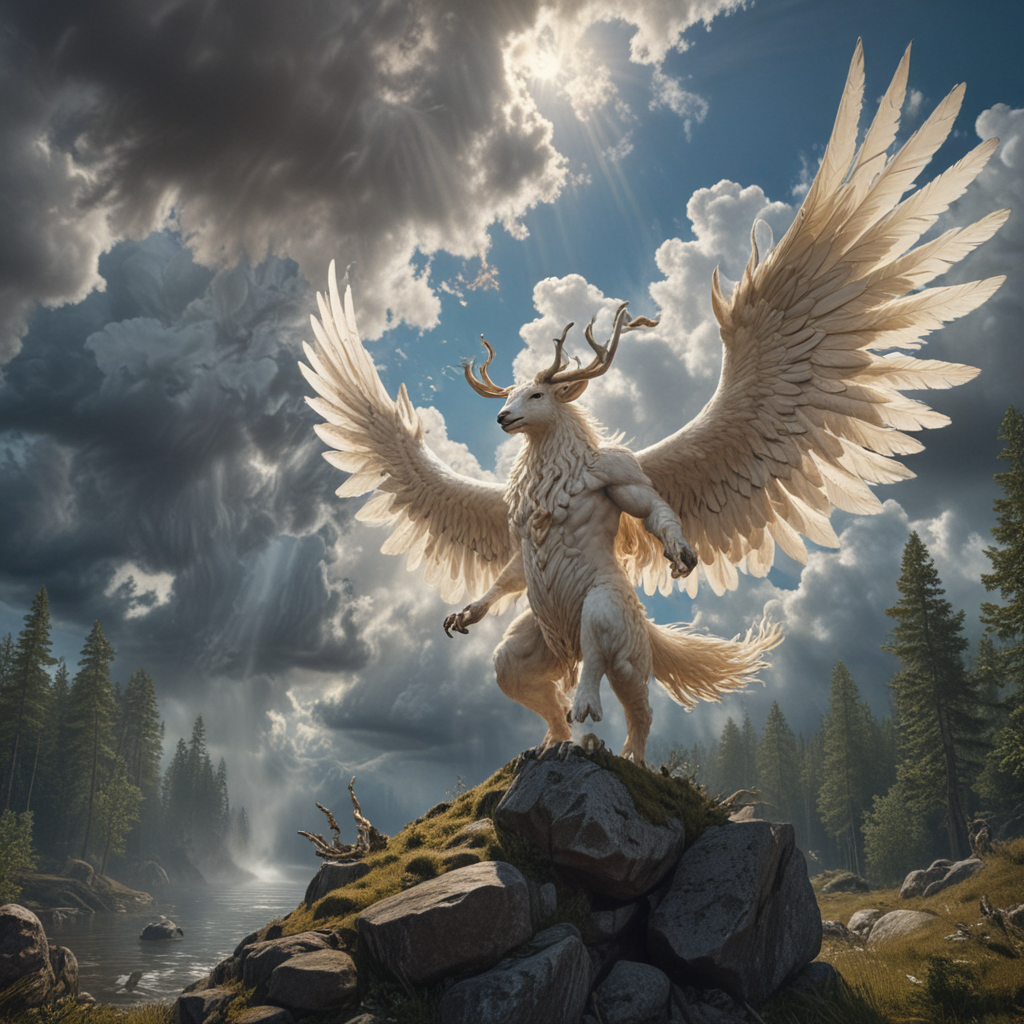The Mythical Aspects of Preservation in Hindu Mythology
I. Introduction
Hindu mythology is a treasure trove of captivating tales that not only entertain but also impart profound spiritual lessons. Among these tales, the role of preservation holds a significant place, as it underscores the importance of maintaining the harmony and balance of the universe. The god Vishnu, the Preserver, plays a pivotal role in this cosmic drama, embodying the divine essence of protection and sustenance. Through his various mythological feats, Vishnu exemplifies the multifaceted aspects of preservation, safeguarding the world from chaos and destruction.
II. Vishnu: The Preserver
In the Hindu pantheon, Vishnu is revered as the second member of the divine trinity, along with Brahma, the Creator, and Shiva, the Destroyer. As the Preserver, Vishnu’s primary responsibility is to uphold the cosmic order, ensuring the stability and well-being of all beings. Unlike his counterparts, Vishnu does not actively create or destroy but rather intervenes when the balance of the universe is threatened. Vishnu embodies the virtues of compassion, patience, and unwavering determination, qualities essential for the preservation of life and harmony. Through his divine powers and incarnations, Vishnu manifests his preserving influence, safeguarding the world from adversity and ensuring the triumph of righteousness over evil.
III. The Cosmic Ocean and the Kurma Avatar
One of Vishnu’s most notable mythical feats is his transformation into the cosmic turtle, Kurma. During the great Churning of the Ocean, the gods and demons sought to obtain the elixir of immortality. Vishnu assumed the form of Kurma to serve as the base upon which Mount Mandara, the churning staff, rested. For a thousand years, Vishnu steadfastly held his position, bearing the weight of the universe on his shell. His unwavering stability ensured the success of the churning, which ultimately led to the emergence of the precious nectar. Vishnu’s Kurma Avatar symbolizes the stability and endurance required to sustain the universe, even amidst relentless upheaval and chaos.
VI. The Varaha Avatar
Another pivotal incarnation of Vishnu is Varaha, the boar. When the demon Hiranyaksha stole the Earth and concealed it within the cosmic ocean, Vishnu assumed the form of Varaha to retrieve the stolen planet. With his mighty tusks, Varaha tore through the ocean and defeated Hiranyaksha, restoring the Earth to its rightful place. Vishnu’s Varaha Avatar symbolizes the triumph of good over evil and the preservation of the world from the forces of darkness.
VII. The Narasimha Avatar
When the demon Hiranyakashipu subjected his devotees to relentless persecution, Vishnu took the form of Narasimha, the half-man, half-lion. With his invincible claws, Narasimha tore through Hiranyakashipu’s chest, slaying the evil demon. Vishnu’s Narasimha Avatar represents the righteous wrath of the divine and the protection of the innocent from oppression and tyranny.
VIII. The Vamana Avatar
King Bali, a powerful and virtuous ruler, had performed such intense austerities that he gained control over the three worlds. To restore the balance of power, Vishnu assumed the form of Vamana, a dwarf sage. With his diminutive stature, Vamana approached Bali and asked for a gift of land, specifically three paces of land. Bali, renowned for his generosity, granted the request. However, Vamana transformed into a colossal giant and measured the three worlds with his paces, restoring the cosmic order and establishing the dominance of the righteous over the arrogant. Vishnu’s Vamana Avatar highlights the importance of humility and the vanity of worldly power before the divine.
IX. The Krishna Avatar
Considered one of the most significant incarnations of Vishnu, Krishna is a complex and multifaceted deity. His life and teachings revolve around love, devotion, and the triumph of righteousness over evil. Krishna played a central role in the epic battle of Mahabharata, where he guided the Pandavas to victory over the Kauravas. Vishnu’s Krishna Avatar represents the divine’s playful yet powerful presence in the world, preserving dharma and guiding humanity towards enlightenment.
X. The Ritualistic Preservation of Sacred Texts
In addition to his mythological feats, Vishnu is also associated with the preservation of sacred texts. The Vedas, the ancient scriptures of Hinduism, are believed to have been preserved through the divine grace of Vishnu. The act of reciting and studying these texts is considered a form of ritualistic preservation, ensuring the continuity of spiritual knowledge and traditions.
FAQs:
Who is the Preserver in Hindu mythology?
- Vishnu
What is the significance of the Kurma Avatar?
- Vishnu's stability and endurance in upholding the cosmic order.
What is the purpose of Vishnu's Varaha Avatar?
- To retrieve the stolen Earth from the demon Hiranyaksha.
Why did Vishnu take the form of Narasimha?
- To protect his devotees from the oppression of Hiranyakashipu.
What does Vishnu's Vamana Avatar represent?
- The humility and vanity of worldly power before the divine.
How is Vishnu associated with the preservation of sacred texts?
- The Vedas are believed to have been preserved through his divine grace.



